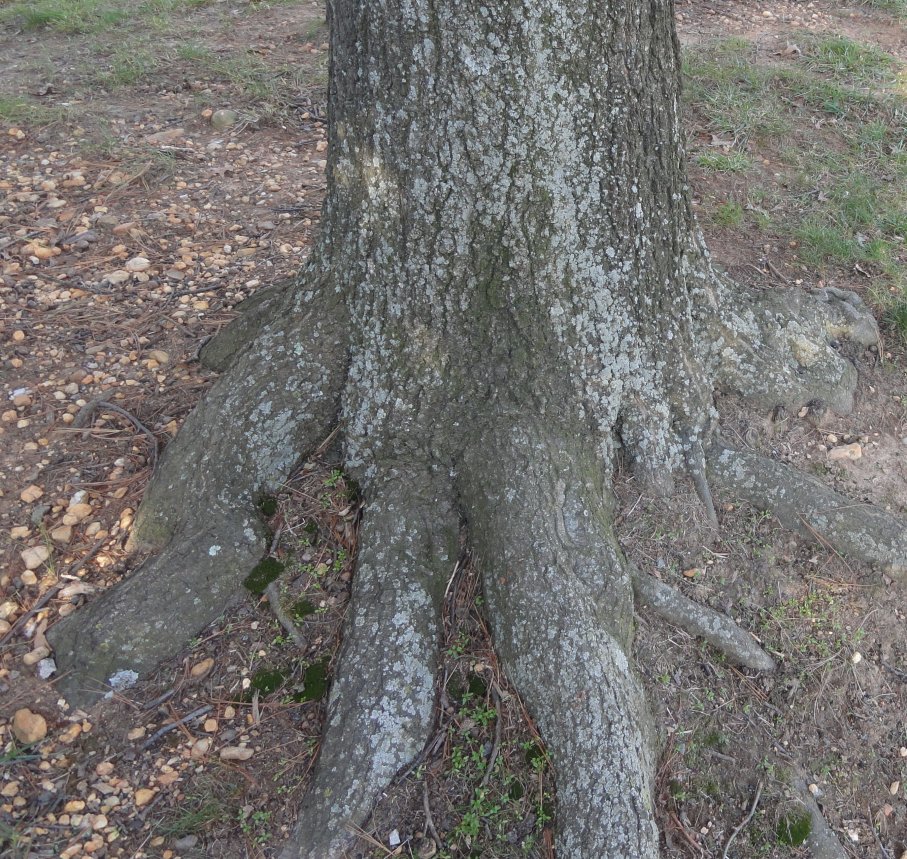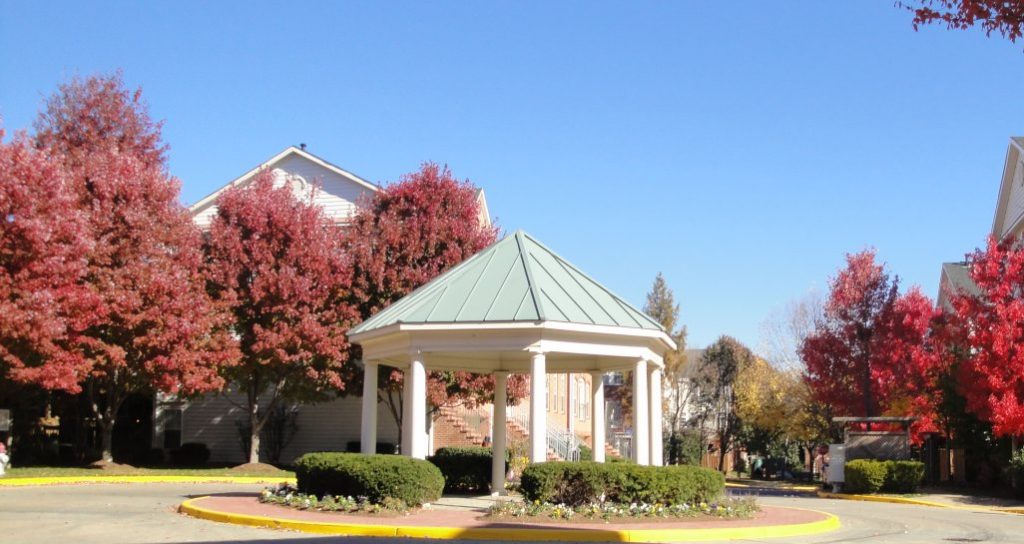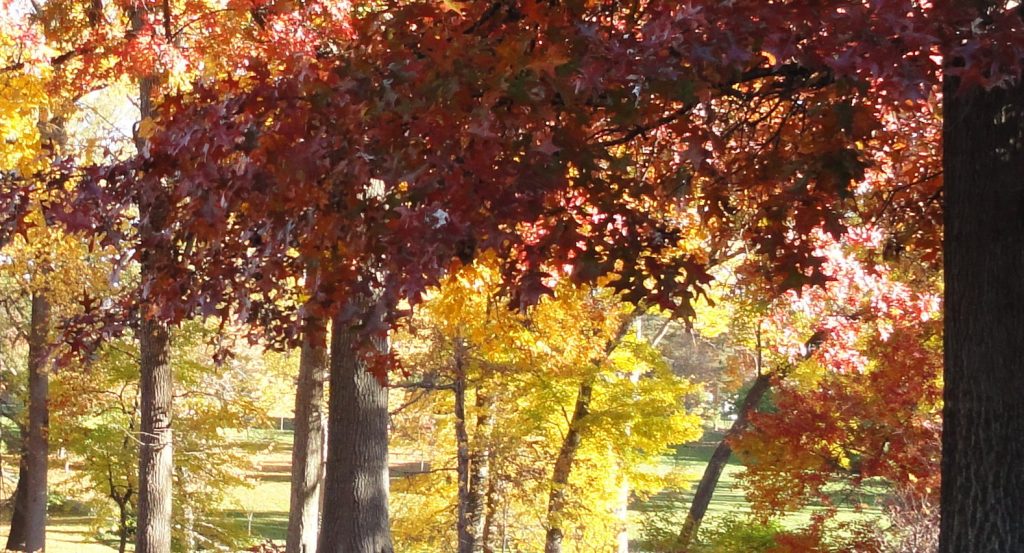
I didn’t see many lichens growing up in Milwaukee. There was too much air pollution. Within sight of our house were Nordburg and Pelton Steel Mills. About a mile away way a coke coal plant with an eternal flame burning off the gas by-product. You could see the glow at night. I didn’t know what non-polluted air smelled like (or not) until I went away to school in northern Wisconsin.This was the experience of people all over the country and the world, some later than others. I know that air is still polluted to even greater levels today in places like China. I recall the familiar smells when we moved to Krakow in the 1990s. I actually like a little touch of coal smell in the air. It fills me with feelings of nostalgia. Of course, I know it is not good. Things have really improved since then.
Back then, the high ambient air pollution of the industrial city killed most of the lichens in Milwaukee and in big cities around the world. This was something that scientists noticed in the middle of the 1800s. In fact, there was the famous case of a moth in England that actually evolved from a speckled whitish color that blended in with lichens on trees, into a charcoal black creature that could hide on coal blackened tree trucks and buildings. With the significant improvements in air quality over the last generation, the moths are starting to look more like lichens again and lichens are again growing in major cities in Europe and America.
Lichens are an interesting federation of separate symbiotic organisms. Algae provide photosynthesis, but could not grow well on rocks and trees if not for a fungus that provides a kind of rooted stability and nutrients. Besides their sensitivity to air pollution, lichens are among the toughest organisms on earth and are present all over the place even in the harshest climates, often on places where nothing else can grow.

You can see in my photo lichens growing on a tree in the moderate climate of Virginia. But these lichens probably would not have grown on this type spot during the 1960s, since it is near HWY 50 and the pollution from cars and trucks in those days would have killed them.

Above are trees in their fall colors at FSI. The middle picture is the gazebo at the entry to our complex with the maples in their fall glory. The gazebo is not much use for anything, but I suppose the circle would look odd with nothing on it at all. Housing complexes in northern Virginia often feature these sorts of ersatz tradition. We have come to expect and even demand such things.
